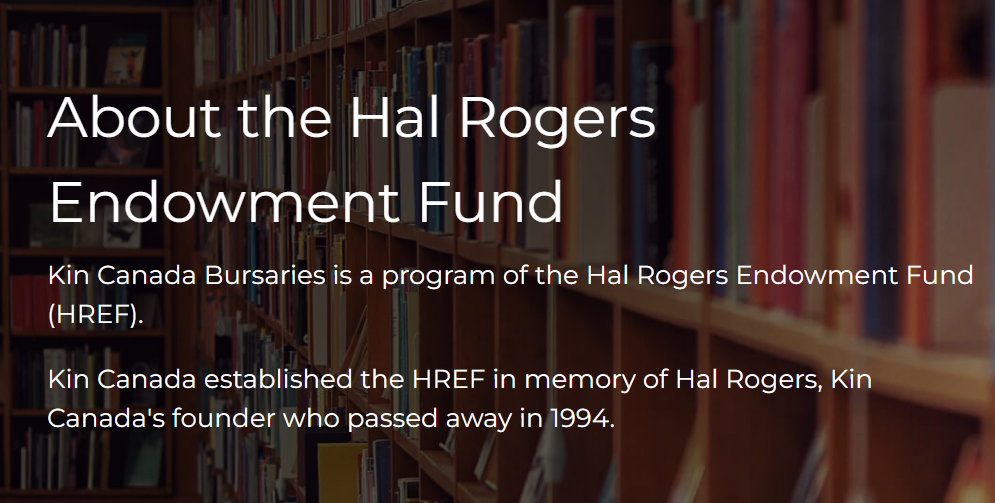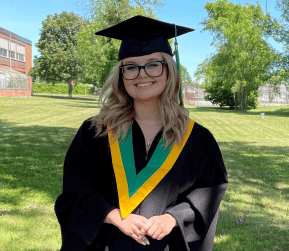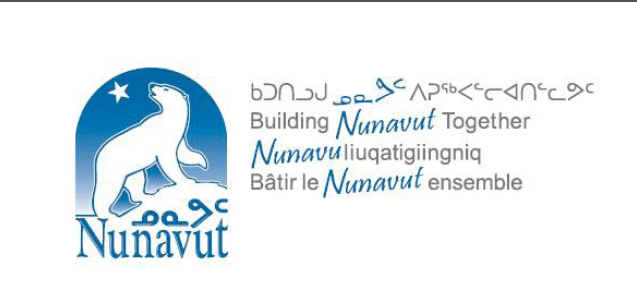Records of geomagnetic field polarity reversals are carried by magnetic minerals found in rocks and sediments. Magnetostratigraphy is commonly used by geologists to provide preliminary age-depth models for sequences of sediment that have accumulated on the ocean floors or in lacustrine basins on the continents. The palaeomagnetic analysis of Neogene (< 56 Ma) sediments deposited on the floor of the Arctic Ocean, which was first undertaken in the 1970s, was expected to help resolve debates about rates of sediment accumulation and, therefore, of terrigenous sediment supply. Paleomagnetic data obtained by a limited number of studies of Arctic Ocean sediment sequences are, however, perplexing and were even disregarded by a prominent ocean drilling expedition that recovered sediments near the North Pole in 2004. It appears that the processes that cause Arctic sediments to become naturally magnetized are not fully understood or that the behaviour of the geomagnetic field at polar latitudes is anomalous.
This project, which is funded by the Swedish Research Council (VR), aims to (i) test hypotheses that can explain why Quaternary sedimentary sequences near the North Pole (sampled along the Lomonosov Ridge) contain evidence of a disproportionate number of geomagnetic polarity reversals, which have perplexed the geophysical community for over 40 years and (ii) generate new Holocene paleomagnetic data using high resolution records recovered from the Western Arctic Ocean and use these data to validate and improve time varying geomagnetic field models. The PhD student will work on a suite of selected sediment cores recently collected by expeditions to the Arctic Ocean. The student may have the opportunity to sail on forthcoming expeditions to the Arctic during the period of employment.
The PhD student will use advanced magnetic measurement infrastructure in Uppsala and have access to state-of-the-art paleomagnetic facilities at Lund University. The work will involve collaboration with workers at Stockholm University and Lund University.
The applicant should have a university degree in Earth Sciences, Quaternary Geology, Geophysics, Physical Geography or similar. The successful candidate should also have a solid base in geochronology, stratigraphy and demonstrated laboratory skills and computing. Knowledge of paleomagnetic methods and their application will be a merit.
The PhD training comprises four years of full time research and studies. The holder of a PhD-student position shall primarily devote his/her time to their own research studies but the position can be combined with up to 20% of teaching assistantship, which will then prolong the position accordingly. The applicant must be eligible for PhD studies. Priority is given to those candidates who are deemed to show the greatest aptitude for successful completion of graduate studies.
Local guidelines at Uppsala University determine salary levels.
Applications must include a CV, certified copies of diplomas and certificates, and personal letter describing yourself and your relevant experience (maximum two pages). The application should also contain a summary of your masters thesis and eventual publications, and contact information for, or letters from, at least two referees.
For further information about the position please contact Professor Ian Snowball, tel. (office) +46-18 471 3657, (mobile) +46-70 425 0767, e-mail ian.snowball@geo.uu.se
You are welcome to submit your application no later than 15th February 2015, UFV-PA 2014/3631. Use the link below to access the application form
Apply Now
Scholarships are not only for the smart students. Anyone can get scholarships











Have a Question about this Scholarship?